This Father’s Day instead of looking at the favourite cars for UK dads or the best car-related gifts you can buy we’re going to take a look at all the things that fathers should teach their daughters and sons about driving and car ownership.
We know that as a parent you want to ensure your children’s safety and do everything to protect them from danger as they grow, and driving a car is no different which is why we’ve put together this useful piece on everything you should ensure your children know.
If your children aren’t yet old enough to drive then you might find this guide on keeping them safe as passengers useful.
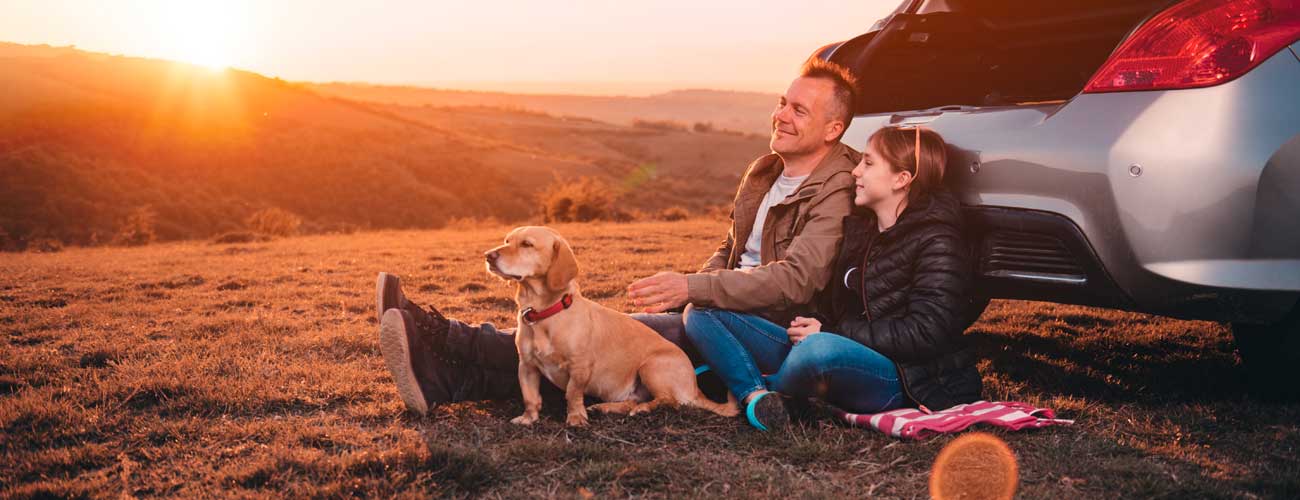
Things You Should Teach Your Children About Driving
We’re going to break driving down into four sections; learning to drive, newly qualified driving, staying safe when you’re not in the car, and teaching them what to do in case of an accident.
Things to Teach Your Children When They’re Learning to Drive
We always recommend that your children have some professional driving lessons at first, even if you plan to take them out once they’ve grasped the basics. This is because a professional driving instructor is trained to remain calm and teach your child the fundamentals of driving that they will need to know, as well as their car having dual controls so they can brake in emergency situations.
It might not always be the best decision for your family, for you to teach your children to drive, but if you would like to help your children get more confident by taking them out in the family car then there are a few things you need to remember.
- They will need to be insured on the vehicle and this may have an effect on your insurance premiums. Learner and new drivers are considered to be more of an insurance risk and so they often have higher rates.
- It is a legal requirement in the UK to have learner plates displayed on the front and rear of the vehicle.
- They must be in the vehicle with a driver who is over 21 years old and has held a full, valid UK or EU driving licence for over three years. This person will need to be actively watching the road, and not incapacitated in any way, for example, they should not be over the legal blood-alcohol limit.
- Learner drivers are not allowed to drive on a motorway, they are allowed on A-roads that are dual carriageways though it is recommended that they build up to these faster routes.
If you do decide that you want to be involved in your children’s driving education then we recommend making sure that you are aware of all the latest regulations and laws, as these will likely have changed since you passed your own driving test.
It’s important that if you do decide to teach your children how to drive that you are aware of your own bad habits and don’t pass these on. We all have slightly different driving styles but when starting out it’s critical you teach your children to do things correctly, so they are safe and to ensure they have all the tools to pass their driving test.
The first thing you should ensure they are aware of is that they should not have any distractions whilst driving. This includes mobile phones, lip balm, younger siblings or friends in the rear passenger seats and anything else that might pull their focus from the road.
One of the most notable things drivers all do differently is where they position their hands on the steering wheel and whether they have both hands on the wheel at all times. You should make sure that your children know to keep at least one hand on the steering wheel at all times, and only remove the second to change gear or for similar essential functions. They should position their hands at roughly 10 and 2 on the steering wheel so that they have a comfortable grip and when turning you should make sure they know to avoid crossing their arms, instead moving their hands on the wheel so they remain in the same position no matter the angle of the wheel.
Another area that tends to catch new drivers out is checking all of their mirrors and blind spots when manoeuvring as well as while driving. You should make sure that your children know to regularly check all of these regularly even if they are just travelling on the same road for a long period without making any manoeuvres.
The latest test also involves a portion of driving directed by a satnav and so if you have access to one we recommend making sure your child is able to practise following directions from it, so they are familiar with the process before taking their practical driving test.

There are still a number of manoeuvres involved in the driving test that your child might be asked to perform and these include:
- Driving into a bay parking space and reversing out
- Pulling up on the right-hand side of the road and reversing two car lengths
- Reverse bay parking
- Parallel parking
In addition to one of the reversing manoeuvres mentioned above they may also be asked to complete an emergency stop.
You should make sure your child knows the correct process and is comfortable executing each of these manoeuvres.
Reversing around a corner and turn in the road are no longer tested on the exam but you might find it useful to teach them these skills as well.
If at any point you find teaching your child to drive stressful or feel as though you might lose your temper with them then you should advise them to pull over in a safe location so that you can both take a break. We know that it can be a stressful situation which is why it doesn’t work for every family and you might decide that it’s best for you to leave the actual driving lessons to a professional.
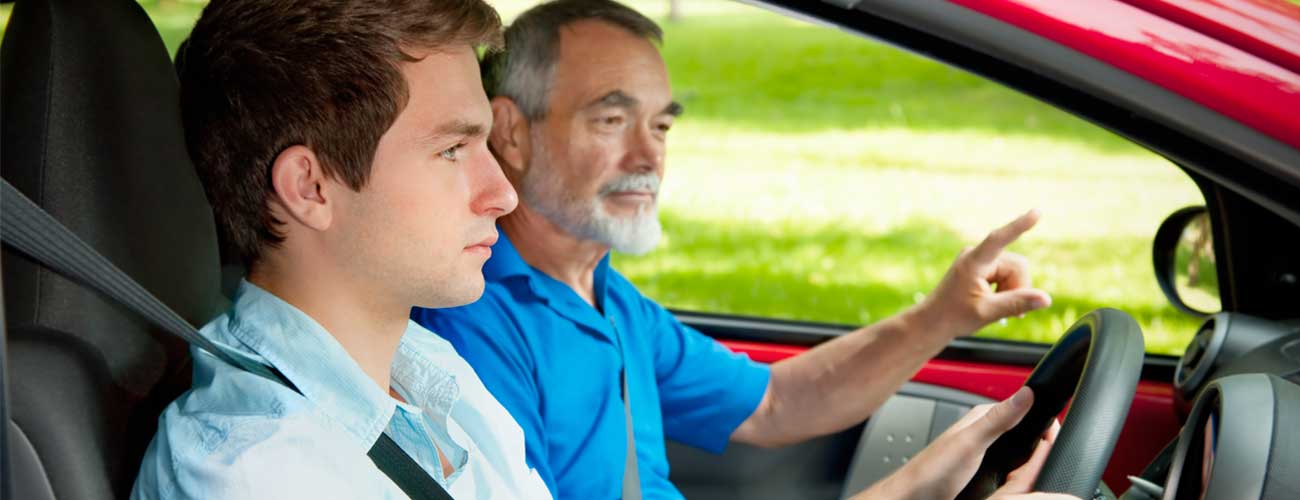
Things to Teach Your Children When They’re New Drivers
Once your children have passed their driving test you might want to look at additional courses, like a Pass Plus course, or going out with them in the car for their first few drives.
We recommend at least accompanying your children on their first motorway drive or taking them along a nearby motorway for a junction, as they will not have been on a road with three or more lanes of traffic.
It’s not a legal requirement but you might also want to get them some green P plates. These make other drivers aware that your child has recently passed their test and be more considerate of them.
If your child will have their own car once they have passed then you will want to make sure they know basic car maintenance.
You will also want to make sure that they feel confident and comfortable with all the vehicle’s controls and know how to fill the vehicle up at the pump. We recommend going with them on their first trip to the garage if it requires petrol or diesel to help guide them the first time as it’s unlikely that they will have ever used a fuel pump before.
What You Can Do to Keep Your Child Safe When You’re Not in the Car
There are several things you can do to help reduce the risk of your child being involved in an accident or any other driving incident.
We explore these in full in our Road Safety Week piece for Young Driver Safety but have rounded up the top points below as well for you.
As mentioned earlier you can go with them on their first few drives until they feel comfortable and confident in control of the vehicle.
Putting in place household restrictions on the vehicle’s use. For example, limiting the number of passengers they’re allowed when driving or putting a curfew on when they need to stop driving.
When looking at insurance, whether you are helping them to pay it or just helping them arrange it you might want to point them towards a provider with a black box. Not only does this encourage safe driving habits, like sticking to the speed limit, but several have other telematics data so you can see areas of concern for example if they are doing a lot of late braking or heavy acceleration. You can then work with them to better these driving habits.
What to Do If Your Child Has a Car Accident
No matter what age you are a car accident can be a scary and shocking event and being the parent of anyone involved in a car crash can be equally as upsetting.
We advise that you make sure your children know what to do in the event of a car accident. This will be useful not only if they are the driver but also if they are a passenger or a witness as not every driver will know what to do, especially if they are in shock.
The first thing they should know to do is to stop the vehicle if they are still moving and stop in a safe location. You should also make sure that they know to check themselves and any passengers for injury before leaving the vehicle and getting themselves to a safe location away from the car where possible.
We know that most drivers know to call 999 if someone is seriously injured but you should also make sure your children know to call the police via 99 if the accident involves any of the below:
- Any vehicle who was involved or their driver has left the scene
- You suspect any of the drivers involved are under the influence of alcohol or drugs
- Any drivers involved don’t have insurance
- You suspect the crash was intentionally caused as part of a crash for cash scheme
- The road is blocked at all
If none of these criteria are met, then the police will still need to be notified within 24 hours but this can be done away from the scene of the crime by calling 101.
You should make sure they know to take down all the key details of any other persons involved in the accident as well as any bystanders, and where possible take photographs of the damage sustained.
They will then need to arrange for the vehicle to be moved if it is undrivable and you should make sure that they know the numbers for their breakdown provider and insurer as they will also need to be notified.
You might find it useful to send your children this article which gives a full breakdown of what to do in the event of an accident and who they’ll need to contact.
We’ve also got this helpful downloadable PDF checklist that you can give them to keep in the vehicle in case of an accident.
And of course, they should let you know as soon as it’s safe for them to do so.
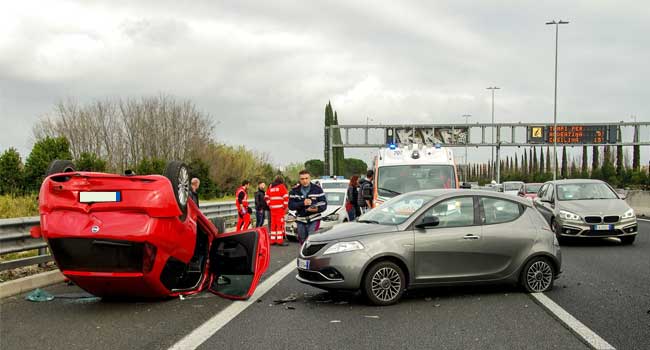
Things You Should Teach Your Children About Car Ownership
There’s a lot of information that car owners need to know and this can be very daunting for new owners, especially if they’re unsure on what they actually need to know. This is why we think it’s so important that you teach them everything you know.
We’ve broken down what we think is the essential information to pass onto your children into four sections: finding their first car, maintaining their car, and financial considerations.
Finding Their First Car
If your child is going to have their own car rather than sharing yours then you will want to help them find the right first car.
They will have their own thoughts and opinions on any vehicle they’re looking at. Just like anyone, they’ll have their own opinions on models, what kind of interior styling they like and the must-have features they need. It’s important that you take these into account, even if they don’t match your own opinions or you think there are better things to look out for.
If you’re looking at a brand new car there are several benefits that you’ll get from it, including the manufacturer’s warranty, and usually breakdown cover, there’s also no need for the MOT until it’s three years old.
There are a number of purchase options, whether buying outright or through a payment plan for new models.
Another option is to look at a lease vehicle for them. However, as newly qualified drivers are fairly young and tend to have little credit history they may require a guarantor on a lease agreement in their name.
The lease will need to be in the main driver’s name so if you are sharing a vehicle and opt for a lease then the finance agreement can be in your name, otherwise it should be in your child’s name.
A lot of families find that a second-hand car is the best choice for their children and so there are a few additional checks you’ll want to do for these.
These include checking the servicing and MOT histories as well as the vehicle condition and areas of wear and tear.
Most parents want to accompany their children to purchase their new vehicle, and help them spot the pitfalls of purchasing or leasing a vehicle as well as helping them decide on which car is the right choice for them. We recommend this, or if you’ve got a friend or relative who’s particularly in the knew on cars letting them accompany you both as well.
Maintaining Their Car
A large part of owning a car is looking after it to ensure it remains as safe and secure as possible.
There are a few key checks that we recommend your children know how to do on their own vehicle. Some of these will involve opening the bonnet and so you should make sure that your child knows how to do this on their vehicle as each model is a little different.
The checks we recommend you teach your child are:
- Visually checking the tyres are in a good condition – you should make sure you children know the minimum tread their tyres should have, as well as how to spot any cuts and bulges that could cause then to blow.
- Checking the tyre pressure – all vehicles will show the tyre pressure in the owner’s manual or on a sticker inside one of the front door sills. You should make sure your child knows where to find the pressure for their vehicle and how to check the pressure and add air if needed.
- Regularly checking the oil level – you should ensure they know how to check their oil levels and top this up if required. We recommend making a note for them to keep in the car with the type of oil their vehicle uses, as not every model is compatible with all oil types.
- Checking the washer fluid – another fluid check you’ll want to ensure they know how to do is making sure they have enough windscreen washer fluid. This is just a quick visual check, and you’ll want to make sure they know where to look for this as well as
- Checking their lights are all running – most new cars will now alert you if they have a bulb that has gone out, but not every model will, especially if they’ve got an older vehicle. You should make sure they know to regularly check that all their lights are functioning if their car does not alert them to a dead bulb.
- Changing a tyre – not all cars come with a spare type. To reduce weight some modern models come with run-flats or an inflation kit instead. If their car does come with a spare tyre, then we recommend making sure they know how to change a tyre in case they have an unexpected puncture.
Doing these and other small checks will help keep the vehicle in top running condition to reduce the wear and tear on the vehicle and hopefully prevent unnecessary maintenance costs. For more information on other checks you and your children can do on your vehicles take a look at this recent article.
There will be some checks, as well as servicing and maintenance work that needs to be carried out by professionals.
If they opt for a lease car then it might be worth considering a maintenance package, as this will provide them with a one-stop number to call for any maintenance, servicing or MOT work.
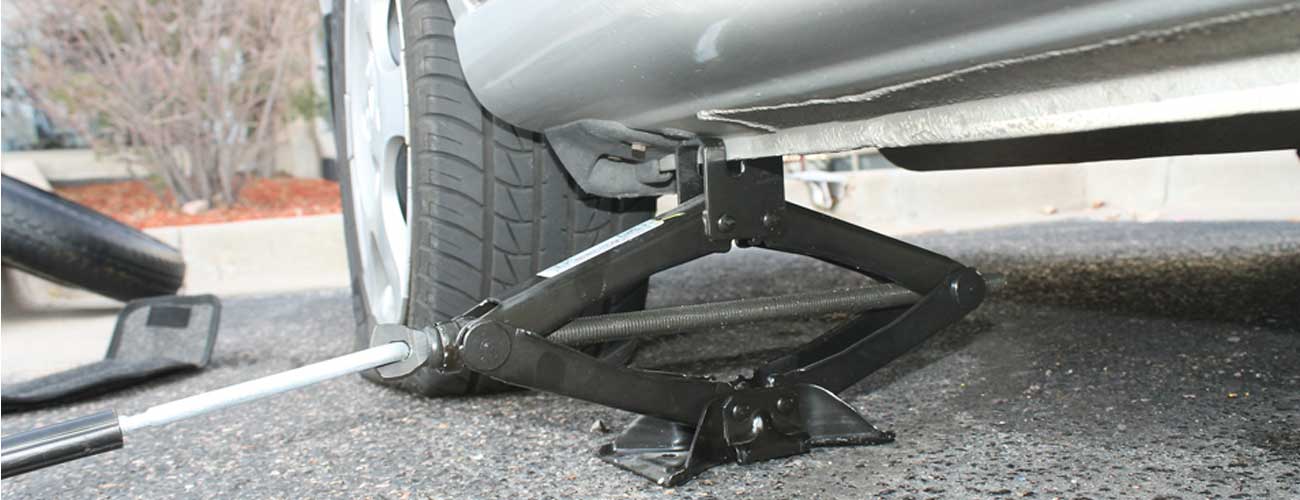
Taxing, Insuring and Other Financial Considerations to Let Them Know
There are more financial considerations than just the initial cost of purchasing the vehicle or the monthly lease costs, and you should make sure your children fully understand the other costs of car ownership.
If they own their vehicle then they will be responsible for ensuring it is taxed for the road. Depending on the vehicle and its CO2 emissions the cost of this will vary. They can choose to pay this annually or monthly depending on their budget but it’s something that will require regular payments.
The vehicle will also need to be insured. As mentioned before the cost of insurance for new and young drivers is higher than drivers over 25-years-old who have several years of experience. Some insurers provide cheaper insurance if they have a black box which monitors their driving habits installed in the vehicle. Again, insurance can be paid annually or monthly but this is a further cost they will need to factor into their budget.
Once a vehicle is over three years old it will need to have an MOT annually. There will not only be the cost of the MOT but also any repair work it finds needs completing.
Most vehicles also require servicing annually, and this will be another cost they’ll need to factor into their budget. Like the MOT additional work might also be picked up during the servicing and so you should also ensure they are prepared for this.
The other, more constant cost of owning a vehicle is fuelling it. If they have a petrol or diesel vehicle then this will be the cost of filling the tank and depending on the size of their engine and their driving habits this can be needed as frequently as multiple times a week or as infrequently as once a month.
If they decide to have an electric vehicle then the cost of charging it will comparably be much lower than the cost of traditional fuel but this may provide them with other concerns about charging the vehicle.
Our Advice



We’ve spoken to a number of the father’s in the Xcite car Leasing Team to get their top tips and advice they’ve given their children. Take a look at what they had to say below.
Will Bullen’s children are young enough that they’re still sitting on booster seats but he’s still thinking about what will happen when they’re no longer passengers and make it behind the wheel.
“My children aren’t old enough at the moment for this to be a worry for me, but I know one day they will want their independence and a car is the best way for them to have that so my best advice is:
- Don’t get a big car to start off with, get something small, something you don’t mind having a prang or a bump in, as odds are you will give it a little bump.
- There isn’t a single text, whatsapp or banging song that is worth taking your eyes off the road!
- For my son … No girls really don’t find cars sexy!
- For my daughter … no cars are not bins, they need cleaning!
- Finally, the handbrake only comes off once seat belts are on!”
Simon Naylor’s children also have a few years until they start driving and when asked about how his family will handle it he said: “I dread the day the kids can start driving. My daughter will go absolutely nuts. We’ll probably have a massive barney, and she’ll pull over! I can see it being a ‘challenge’. Certainly, the car we use will be safe as houses. We’ll maybe borrow one from an American President.”
Spencer Blake’s oldest daughter will start driving soon and he’s said that his main concern is safety.
Adding: “I remember when I first passed my test, I had a 9-year-old car and the safety features left a lot to be desired. I’m planning on contributing to a small inexpensive new lease car for her so at least that way I know she is in a car with modern safety features such as airbags, antilock brakes, and electronic stability control.”
Tim McNally’s got three teenagers and has taken on the role of driving instructor as well as dad.
He said: “I’ve recently taught my eldest, Alfie to drive. He passed his test about a year ago now and my nerves are only just settling back to normal now. In April, I start it all again with Ned but the one I’m really worried about is Bess, my youngest, as she is the fiery one in our family.
“I found myself using a couple of phrases time after time and soon realised they were the same two phrases my Dad said to me and at the time I dismissed them.
Firstly, “you’re not just driving for yourself on the road, you have to drive for all the other idiots out there!”. This has served as great advice in avoiding or anticipating what other road users may do during a momentary lapse of concentration.
Secondly, “when you pass your test, you’ll think you’re the best driver in the world, but you’re not and you won’t realise how bad you are for at least another 10 years so be extra careful!”. Again, he was right and I look back at those early years amazed I’m still here.”
And our final fatherly advice comes from Stuart Wyatt who has a number of tips for his children and yours.
- Always wear a seatbelt. Seems silly but sometimes I start moving my car without having put my seatbelt on and I get told of by the kids!
- Owning a car is a bad idea, leasing is a great idea! Even as young as they are at the minute, my kids love that they get a different car every couple of years.
- Biggest thing that most dad’s will say is “don’t drive like I did when I first passed my test” at the time of just passing test we all think/thought we were invincible but it only takes your first accident or little nudge to realise this is real life and important to be careful. I know this was true of myself.
- Mirrors, mirrors, mirrors - make sure you know where you are and the cars around you are.
- Don’t be distracted by friends chatting - you are the one in control of the car.
- I know from when I started driving to now the distractions from infotainment and phone is massive and although I feel capable of juggling that all now, even my Wife asks me to concentrate more and stop fiddling with stuff. So concentration on the road has to be key.
- Driving is a privilege not a right, so keep getting buses or trains for as long as possible! You’ll soon regret the running costs of a car when you get one.
We hope all the dads out there have a great Father’s Day, and if you’ve got any wisdom of your own let us know in the comments below!
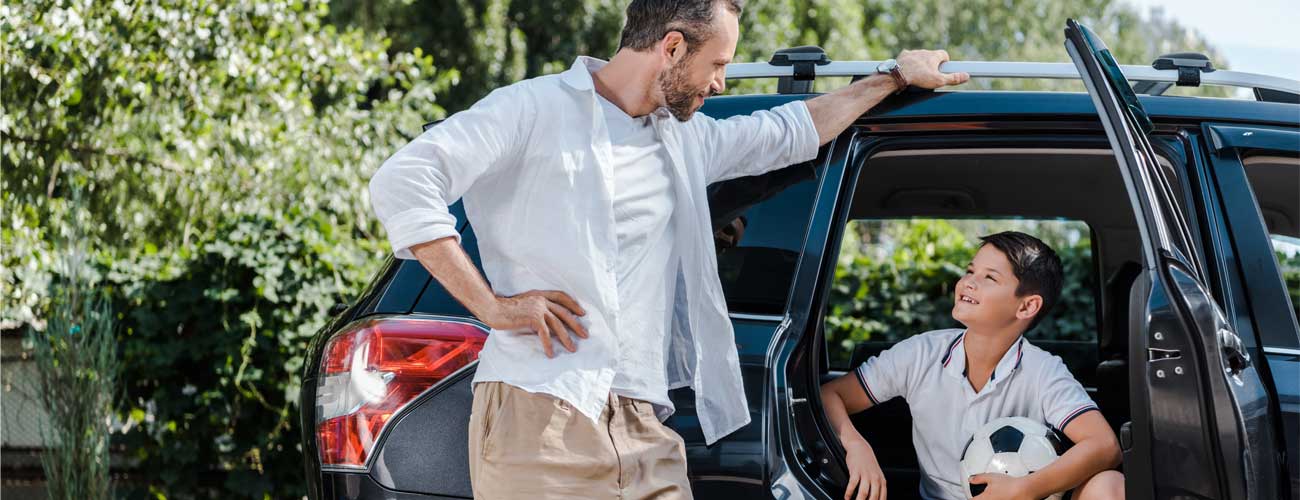




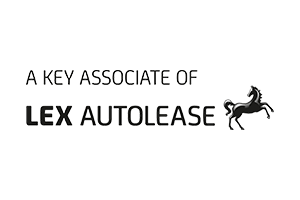



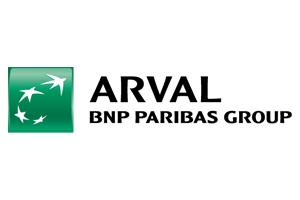
Leave a Comment